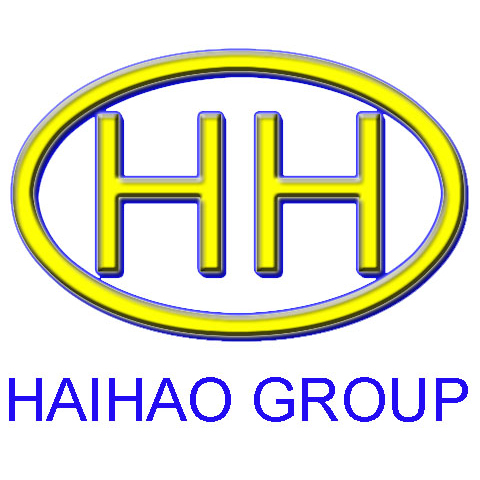GOST 19281 Rolled Steel With Enhanced Strength
GOST 19281 Rolled Steel With Enhanced Strength.
This Standard applies to thick-sheet, general-purpose wide-strip, shaped, graded steel and roll-formed sections made of steel with enhanced strength for welded, riveted or bolted constructions mainly used in products without additional heat treatment.
Regarding the chemical composition norms, this Standard also applies to thin sheets, ingots, slabs, blooms, forged pieces and stampings.
1.RANGE OF PRODUCTS
1.1. Rolled steel shall have the classes of strength 265, 295, 315, 325, 345, 355, 375, 390 and 440.
1.2. Shape, dimensions and maximum deviations of the rolled steel shall meet the requirements of GOST 8509 (for equal angles), GOST 8510 (for unequal angles),
GOST 8239 (for I-beams), GOST 19425 (for I-beams and structural channels), GOST 26020 (for I-beams with parallel flanges), GOST 8240 (for structural channels), GOST 19903 (for rolled sheets), GOST 103 (for the strip) and GOST 82 (for general-purpose wide strips), GOST 7511, GOST 8278, GOST 8281, GOST 8282, GOST 8283, GOST 9234, GOST 10551, GOST 13229, GOST 14635, GOST 19771, GOST 19772 and GOST 25577 (for the roll-formed section), GOST 2590 (for the round bars), GOST 2591 (for the square bars) and GOST 21026 (for structural channel with a bent flange).
1.3. The rolled steel accuracy degrees regarding dimensions, flatness and curvature shall be specified in the customer’s order within the limits of this Standard’s product range. If the requirements are absent in the order, the accuracy degree shall be determined by the manufacturer.
1.4. Examples of conventional designations are given in Appendix 1.
2. TECHNICAL REQUIREMENTS
2.1. Characteristics of the basic modification
2.1.1. The basic chemical composition for each class of strength are given in Appendix 2. Fraction of total mass of phosphorus in steel shall be no more than 0.035 %; that of sulfur shall be no more than 0.040 %.
Fraction of total mass of nitrogen in steel shall be no more than 0.012 %; that of arsenic shall be no more than 0.08 %. When steel is melted from Kerch ores, the fraction of total mass of arsenic shall be no more than 0.15 %, and the fraction of total mass of phosphorus shall be no more than 0.030 %.
The list of steel grades recommended for different classes of strength and thickness of shaped section and rolled section is given in Appendix 3; that of rolled sheet is given in
Appendix 4.
2.1.2. Finished rolled stock shall be hot-rolled and heat-treated or shall be after controlled rolling according to the order. If the instructions are absent in the order, then the manufacturing technique shall be determined by the manufacturer.
2.1.3. The surface, the edge and the end rolled steel requirements shall correspond to GOST 14637 (for rolled sheet) and GOST 535 (for rolled section and shaped section).
(Amended Wording, Amendment No. 1)
2.1.4. Sheet delamination shall not be allowed.
2.1.5. The tension mechanical characteristics and bending test conditions shall meet the requirements of table 1 (for shaped section and rolled section) and table 2 (for rolled sheets, general-purpose wide strips and roll-formed sections).
The bending test of the shaped section and rolled sheets with maximum thickness of 20 mm may not be carried out at the manufacturing plant. Moreover, the norms established by the manufacturer shall be observed.
…
Click here for PDF of GOST-19281-ROLLED STEEL WITH ENHANCED STRENGTH >>>
Research use only,Commercial use is prohibited.
If you want to use it ,you can buy from following link:
https://runorm.com/product/view/2/107151

